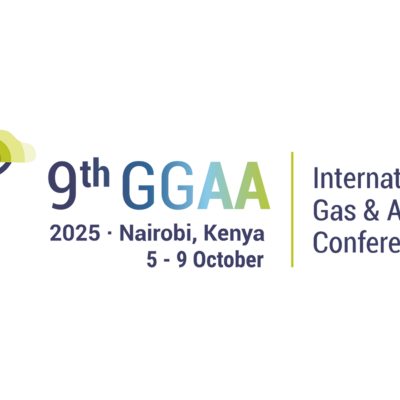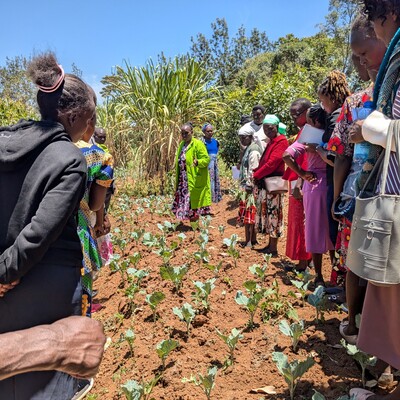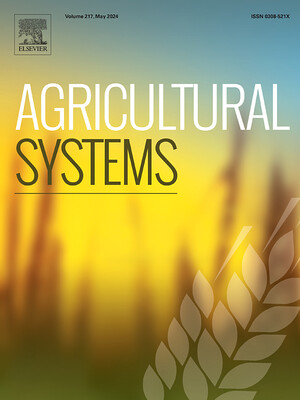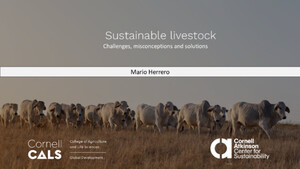
COP27 event highlights the dangers of zoonotic diseases and how we can prevent them
On 17 November 2022, the Pavilion France of the COP27 hosted a PREZODE (Preventing Zoonotic Disease) Initiative side event titled 'Links between climate change and zoonotic diseases emergence—Prevention as a global solution through the example of the PREZODE initiative.' The event was held to raise awareness of the similarities between drivers of zoonotic diseases and drivers of climate change, the need to reduce the risks through a paradigm shift, and available solutions, such as community engagement, livestock management and responses to food security.
The first speaker was Benjamin Sultan, a climatologist and research director at IRD France. Referencing the latest IPCC report, Sultan noted that 'climate change is already affecting the transmission of vector-borne pathogens, largely due to rising temperatures increasing the density of disease-transmitting animals like mosquitoes.' He added 'by the turn of the century, billions more people could be at risk from new zoonotic diseases.' To address these concerns, Sultan argued for improved disease surveillance systems and increased vaccine development funding.
Next to speak were Marisa Peyre, an epidemiologist and Deputy head of the Animal, Health, Territories, Risks and Ecosystems research unit (ASTRE) at CIRAD, and Prisca Mugabe, deputy dean at the University of Zimbabwe. Both focused on the need to include local communities in disease prevention strategies. 'Emergence of zoonotic diseases affects local, frontline communities through livestock deaths, poor crop production, poor human well-being and poverty,' said Mugabe. For this reason, 'pandemic prevention strategies must include a bottom-up approach that brings in people at the local level who are on the frontline and familiar with the risks,' added Peyre.
Dr. Craig Stephen, a professor at the University of British Columbia, then presented on behalf of the International Alliance against Health Risks in Wildlife Trade. ‘Climate change is presenting new threats to wildlife but also amplifying existing ones’, said Stephen. In response, Stephen argued for a ‘continuum of care’ that adequately addresses the unique health and resilience needs of different wildlife species and populations. This will require more data about wildlife health and hazards as well as interventions at the institutional, community and local levels. Ultimately, Stephen argued that pandemic approaches should not view wildlife as a source of harm, but instead ‘look at drivers of vulnerability that make animals more likely to be infected and preserve the biodiversity that will help us cope with the inevitable changes climate change will cause’.
Another one of the event’s key speakers was Hung Nguyen, co-leader of ILRI’s Animal and Human Health program and leader of the CGIAR One Health initiative.
Hung’s talk focused on how to prevent zoonotic disease emergence from a livestock perspective as well as the constraints to implementing those solutions. He began by outlining the key drivers of zoonotic disease transmission in the livestock sector. Perhaps the most important is the rapidly growing demand for animal-source foods in the developing world, where per capita meat consumption remains low relative to most developed countries. 'Consumption of bushmeat and wildlife farming present additional challenges for managing zoonotic disease emergence and re-emergence,' added Hung.
Hung then outlined concrete steps for addressing zoonotic diseases in this context. 'We need to work more on biosecurity at the farm level,' said Hung. Unfortunately, a lack of investment often hinders efforts to improve biosecurity in low- and middle-income countries. This necessitates new public-private partnerships that can boost funding for biosecurity measures in the developing world, specifically at the farm and local levels.
'Another important area for reducing zoonotic diseases is improving hygiene practices at different levels along the livestock value chain,' said Hung. For example, wet markets, which provide food for millions of people across the developing world, often lack proper hygiene infrastructure and so create conditions ripe for zoonotic disease transmission. Banning wet markets entirely would be detrimental to food access and security across the developing world, so educating food vendors on improved hygiene practices is the best avenue to reduce the likelihood of zoonotic disease transmission.
The bushmeat trade is another area where education is important. Like wet markets, Hung noted that we cannot ban the bushmeat trade entirely. Instead, 'we should focus on educating people on better practices to reduce the risk of zoonotic disease transmission.'
The solutions shared by all the event’s participants shared a common thread: they fall under the umbrella of One Health—an integrated, unifying approach to balance and optimize the health of people, animals and the environment. Moving forward, a One Health approach is the best method for addressing zoonotic disease transmission. 'We need to strengthen the capacity of One Health at the country level to change policies and attract more investment, but also to strengthen the capacity of those practicing One Health at the ground level,' said Hung.
Franck Berthe concluded the event by reiterating Hung’s call for increased investment in One Health prevention strategies. While some may flinch at the cost of pandemic prevention, Berthe noted that 'the cost of preventing pandemics is a small percentage of the cost of dealing with the consequences once they have started.' In this way, investments in One Health will not only reduce zoonotic disease risk but also save governments money in the long run.
Sierra Leone: into the Ebola epicentre. Photo by EU Civil Protection and Humanitarian Aid.



















